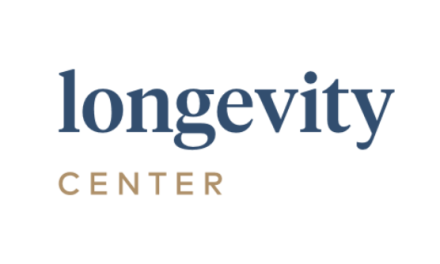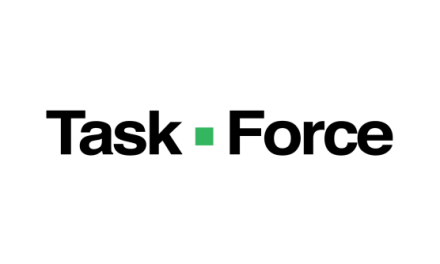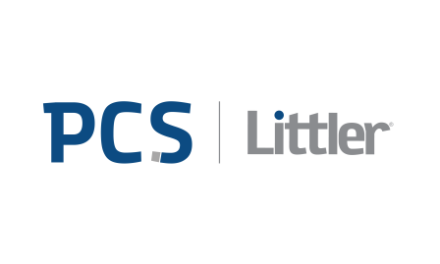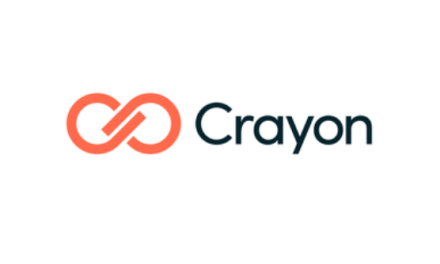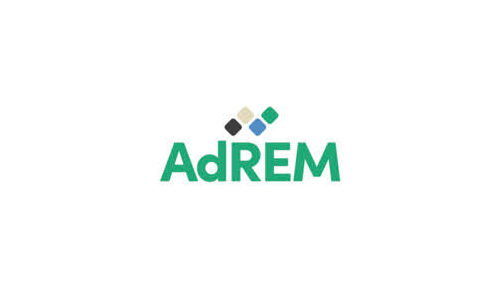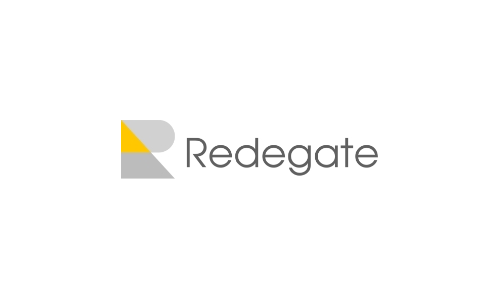

As today’s digital world keeps constantly evolving, the pursuit to ensure branding consistency and regulatory compliance remains constant, as consumers expect bigger / better / more bespoke content across all the channels they use. For many organisations, it’s imperative too – to avoid legal risks that could lead to major fines or even boycotting an entire business, and be able to continue to trade, in the case of highly regulated industries where wrong information may impact consumers’ lives.
At the same time, every brand today has a footprint that encompasses far more than their public statements, branding and assets. A new era of transparency has put the entirety of their operations under a microscope, and those that have not been seen to act responsibly, or whose activities have misfired, have been accused of behind-the-scenes greenwashing, diversity-washing, or worse. All of this requires monitoring, control and – where necessary – immediate, effective action.
Without quality assurance, control and compliance teams, processes, and tech, there’s no way that brands can be assured of a consistent, compliant experience across all touch points.
Yet consumer appetite for content, increasing regulatory requirements across regions markets, and the ongoing challenge for businesses to differentiate themselves, has led to an unstinting escalation for quality assurance and control. With the costs and time constraints to match.
Introducing AI
AI is taking the world by storm. Generative AI is creeping into human activities we thought impossible to automate. The long-term impact is still impossible to judge, but the consensus is that it will be enormous.
In terms of transformative potential and disruption, AI’s impact on marketing is right at the very top. Marketing is a discipline that leans equally on the free spirit of creativity and the regimented rules of data and analytics. The two co-exist in an uncomfortable juxtaposition. Creativity by its very nature is something that breaks rules and pushes boundaries. Rules smother the creative spirit.
But with AI, we have an opportunity to smooth over this knotty relationship in a way that directly benefits brands – by enabling creativity to flourish within clearly defined parameters, without risk to reputation, social backlash, or regulatory censure.
Generative AI
Generative AI is transforming the way marketers work. It is accelerating efficiency and output beyond anything previously possible, empowering professionals to deliver better, more personalised experiences much faster through solutions like Dall E.
But the fear is, the more we automate and speed up content/experience delivery, the more we lose control over the messaging. In a fast-paced marketing delivery pipeline, traditional human approval is an obstacle. Far from putting marketers out of work, generative AI still very much requires human input and validation. Things may change as the technology evolves, but for now, the content output of generative AI is not reliable enough to simply trust and publish. It needs oversight and quality control.
The problem that creates is the huge disparity in the speed AI and humans work at. As brands crank up their content output using AI, can we trust traditional human QC to keep up without errors and potentially costly mistakes?
What Curative AI can do
Curative AI takes a completely different approach. It reverse-engineers the process of asset creation and is able to extract information from digital assets and describe it in ways that allow further operations such as validation of content amongst others. This is a less known branch of AI, as it focuses on ensuring quality assessment rather than generating content in an uncontrolled fashion.
In conjunction with generative AI used for marketing content production, it can be used to filter out underperforming content, fix the errors that happened at the creative stage on the content, provide suggestions on how to improve it and, finally, can help to train generative models to provide better content in the first place.
In this way Curative AI takes a holistic approach to ‘healing’ of assets. As a first step, it spots errors of various kinds on assets, and then it fixes these errors so that they are ready to be published.
Marcin Cenkier, director of technology at Wunderman Thompson says: “Generative AI is more about generating new assets, whereas Curative AI is able to extract information from the assets, and describe it in ways that allow further operations, such as validation, alteration, transformation, and correlation with numerical data”. Starting with the visual identity of the brand, curative AI can check for things like logo positioning, co-branding checks, and asset performance based on the composition, tone of voice, sentiment, and the channel used.
Moving towards compliance, it can verify whether assets meet global or local regulatory requirements across industries such as pharma, finance, tobacco, and alcohol. It can even check whether the rights for the soundtracks and models portrayed on an asset have expired in a specific geography.
We have created just such a solution at Wunderman Thompson in association with Microsoft.
We call it Brand Guardian.
Introducing Brand Guardian – a Curative AI for a brand’s marketing strategy
A strong visual identity communicates who we are, what we are about, and why people would wish to engage with us. In a recent survey by Lucidpress, consistent brand presentation was shown to increase revenue by 33%. This is possible because a strong brand identity makes it easier for consumers to recognise, remember, and prefer a brand over its competitors.
Brand Guardian is an intelligent content-quality management system based on an AI platform. It ensures the content and assets will be liquid, consistent, compliant and inclusive. It intercepts and flags non-compliant/off-brand content prior to and/or after publishing, while also supporting the asset creation process during its early stages. It does this by applying artificial Intelligence (AI).

Described by Forrester as a unique tool in the intelligent creativity process, Brand Guardian benefits from Curative AI. Lukasz Mądrzak-Wecke, CTO at Wunderman Thompson Commerce & Technology, explains: “As the complexity and scale of marketing messages grows, the need for automated validation of the brand communication increases. With the scale involved – we’re talking thousands and thousands of brand assets – automation is essential, and that includes automating the validation of what is being created. This is where Curative AI makes a fundamental difference”.
Brand Guardian performs a visual health check of entire brand, reviewing all of assets, while also securing QC process by keeping an always-on quality gate pre-flight that intercepts and flags off-brand assets in real-time. It can also run a visual health check across channels and intercepting all historically published assets.
Brand visual identity delivered via Brand Guardian offers a broad scope of assessment and validation, not only detecting errors in logos, fonts, and colours, but also detecting up to 28 different emotions on text and on images. It provides an accurate, rapid, and powerful reading and understanding of the tone and voice.
When it comes to financial services, Brand Guardian can review documents, emails, images, and videos for terms and conditions, by-lines, disclaimers, claims, offer terms, misquoted figures, the appearance of appropriate disclosures, prohibited text, and trigger terms amongst others.
For inclusivity, Brand Guardian ensures Web Content Accessibility Guidelines level AAA standards (Level AAA is considered optimally accessible) are met on assets as well as the correct representation in terms of sex, age, visible physical disabilities, and ethnic diversity. Lastly, it can be deployed to ensure that the assets created meet social channel requirements.
How to benefit from Brand Guardian?
Current users of Brand Guardian claims it reduces asset review time by 74-92%, cuts approval effort by 50% and slashes costs by 50-83%. Clients can expect 20% faster time to market.
By using the power of AI, we can ensure that the various rules and regulations that need to be followed during marketing content production do not bind or constrict our creativity in any way. With this balance, we can ensure that we are maximising our creativity and coming up with ground-breaking ideas in a much larger volume.
Brand Guardian works as a quality gate
It ensures that publications of local, regional and global teams are all compliant with global standards.
Brand Guardian offers an always-on guard
Powered by AI, it safeguards your brand from copyright infringements and unwanted publications in real-time.
Brand Guardian supports a retrospective review
It performs a complete health check of your brand and content across channels.
Brand Guardian reduces time and cost
It reduces asset review time by 74-92%, cuts approval effort by 50% and slashes costs by 50-83%.
Brand Guardian accelerates delivery
Clients can expect 20% faster time to market.







